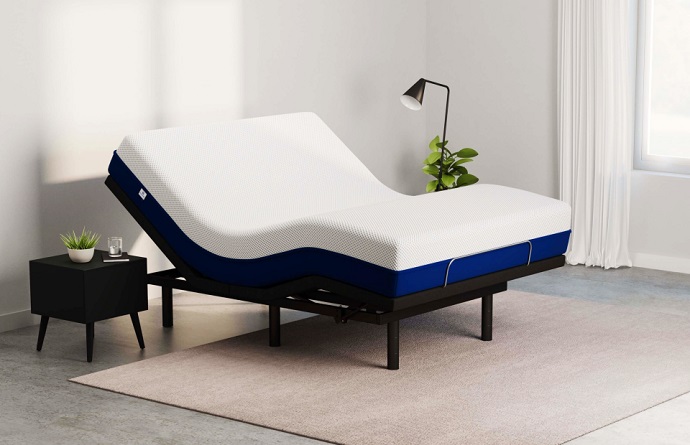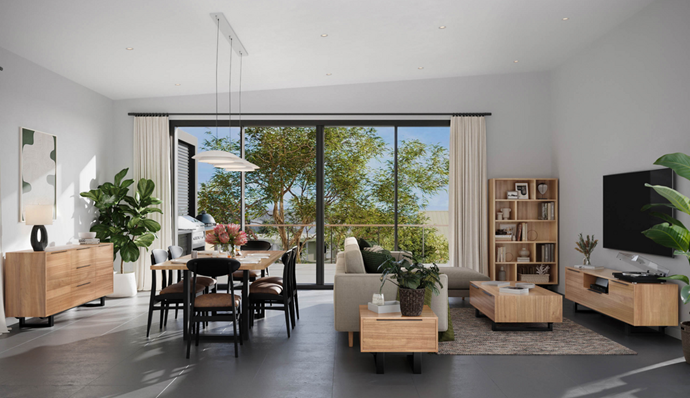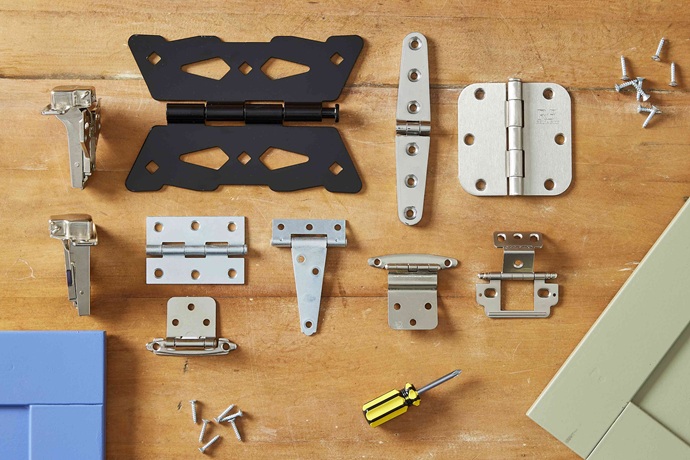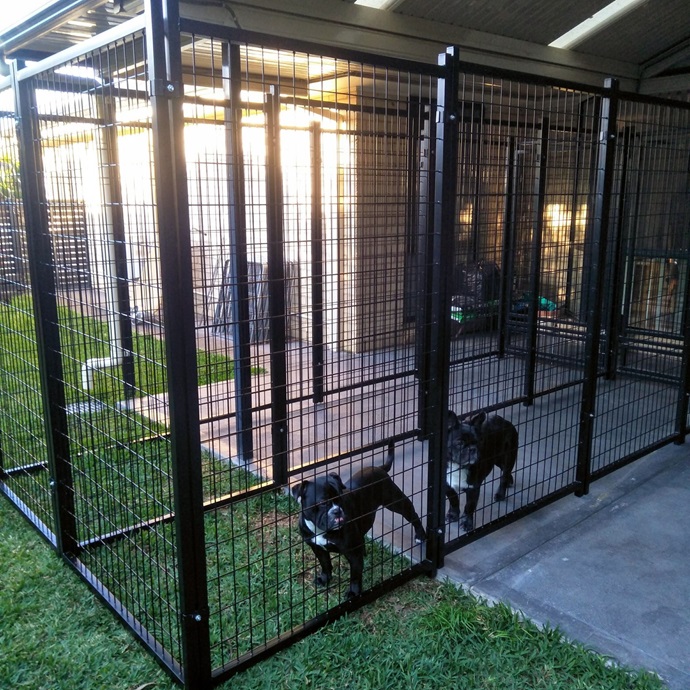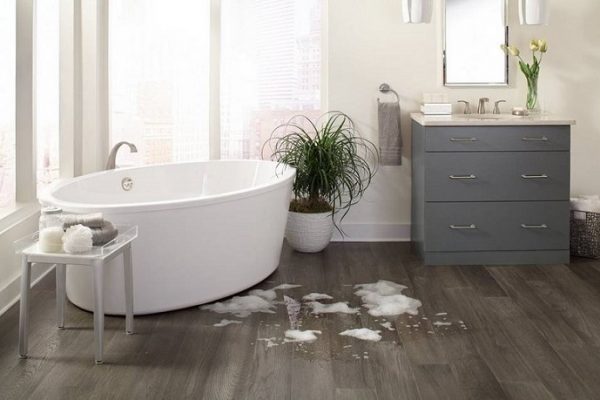Many pet owners are adamant about placing their dog inside a crate or cage, thinking that’s inhumane and cruel, which can’t be further from the truth. Dog crates, whether plastic, metal, wired or soft, are the perfect way to transport your dog or keep it safe from harm. They provide a personal, hygienic space for your furry friend while keeping them disciplined at the same time. Many dog owners who dread the idea of leaving their dogs behind while they’re travelling see the portable dog crate as the best solution to their problem. No matter whether you want to take your dog abroad for a vacation, or a quick check-up at the nearby vet, the right dog crate can make transportation much more convenient and safe.
But there’s more to the portable dog crate than using it merely for transport. It can also be used for other purposes, such as:
- Prevention of destructive habits in dogs;
- Limiting the freedom of movement of your dog by providing a peaceful and safe space when injured or ill;
- Saving you from potential embarrassment and awkward situations when you have guests over;
- Creating a personal, “private” space for your dog where he can do whatever he wants.

How to Choose the Ideal Dog Crate?
Naturally, introducing your dog to a pet crate can be quite a challenge. But, you can just look at it like training him another trick. Patience and consistent sessions are crucial for every dog’s well-being. The trick is to make the dog feel at ease and comfortable, and in order to accomplish that you’ll need a crate that’s spacious enough. Luckily, there are many different styles, varieties, shapes and sizes of pet cages for dogs. Getting the right size is especially important because a crate that’s too small can make your dog agitated, uncomfortable and aggressive, while a crate that’s too big can lead to your dog littering inside it.
So, how big should a dog crate be? Well, a good way to decide on the ideal crate size is to measure the length of your dog while it’s in a natural standing position and add 5 to 10cm to that measurement for the ideal crate length. As far as height goes, you’ll have to measure your dog’s height while it’s in a sitting position, with his front legs standing high. This is due to the fact that some dogs are taller in their sitting position than their standing position. So, measure the dog’s height while it’s sitting with his front legs upright, and add another 5-10cm to that height.

How to Keep Dog Quiet in Crate at Night?
There are various different effective methods for training your dog to get used to his crate or cage. The best ones, in my experience, are the following:
- Leaving treats inside the crate
- Feeding dinner in the crate
- Placing all of their toys inside the crate
- Making the crate comfortable with a crate mat, a chew toy or something that’s going to remind them of you
- Placing the crate in a common area so it doesn’t get lonely
This is just the first step in the training process. Next, you’ll have to exercise your dog before crate time so that he’s drained of all his energy, otherwise it’s going to have a hard time settling down. This is especially true for young, energetic dogs, so make sure you give it an appropriate amount of exercise before putting it in his crate. As a labrador and border collie owner, I have to give my lab about an hour’s worth of exercise before I even think about placing him in the crate, whereas the border collie needs like 15 minutes tops.

How to Keep Dog Warm in Crate at Night?
Keeping your dog warm while he’s at his crate at night can be done in one of several ways. While most dogs have no problems with the Australian weather even during winter, smaller breeds can still get chilly. That being said, make sure the crate is at the warmest location, whether inside or outside your home. If the crate is outdoors, make sure it’s in a sheltered area that still receives a fair amount of sunlight throughout the day. Further, raise the crate off the surface by placing a few bricks or blocks of wood. Then, put some soft bedding on the floor for the dog to sleep and rest on. If it gets too cold where you’re from, you can buy heated mats and place them under the bedding to keep the crate warm. You can monitor the temperature of the mat to prevent burns and accidents. However, if your dog is extra chewy, don’t invest in an electrically heated mat, but instead, get a heated crate.













